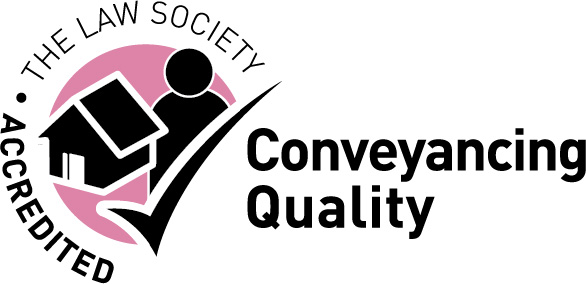Faced with these statistics the UK Government has announced the launch of an autumn booster programme for all over 50s.
Since the withdrawal of all Covid restrictions earlier this year it has been the employer's responsibility to determine how they manage coronavirus within the workplace. However, here is a reminder of the UK Government's guidance.
Employment Insight: Managing COVID-19 in the workplace
20 July 2022
Whilst today's news is full of the extreme temperatures and the race to be the new Prime Minister, in the background Covid-19 infections are continuing to rise, with around 3.5 million people in the UK having coronavirus in the week ending 6 July.
1. What guidance is there for employers?
Reducing the spread of respiratory infections, including COVID-19, in the workplace - GOV.UK (www.gov.uk) advises employers and staff members should be aware of the symptoms of Covid-19 and know what to look out for to try and reduce the spread.
Employers can take the following actions to reduce the spread of infection:
- Letting fresh air in - this can reduce the concentration of respiratory particles, lowering the risk of transmission.
- Encouraging and supporting vaccination.
- Maintaining a clean workspace: this can be supported by providing soap, hot water and/or hand sanitiser.
There is specific government guidance for adult social care settings. Employers should also review the guidance on living safely with respiratory infections and people with symptoms of a respiratory infection.
2. What about risk assessments?
Since 1 April 2022, the requirement for every employer to explicitly consider Covid-19 in their risk assessments was removed. However, employers still have an ongoing duty to ensure, so far as is reasonably practicable, the health and safety and welfare at work of all their employees. Many employers continue to consider the risks that coronavirus poses and to carry out risk assessments, particularly given the high infection numbers.
The Health and Safety Executive (HSE) has provided advice which can be found here: Coronavirus (COVID-19) – Advice for workplaces (hse.gov.uk)
3. What happens if an employee has COVID-19 symptoms?
If an employee has symptoms and has a high temperature or does not feel well enough to go to work, they should:
- Try to stay at home and avoid contact with other people until they no longer have a high temperature / no longer feel unwell.
- Try to work from home (if possible) and if they are not able to, they should talk to their employer about the options available. This will require employers to consider their risk assessment and determine whether they can take measures to reduce the risk of infection if the employee comes to the workplace (for example, can they work in a separate area away from staff or wear a face mask). It some situations, no measures may be possible and the employee will have to remain at home.
- Avoid close contact with anyone at higher risk of becoming seriously unwell if they catch Covid-19.
- Wear a well-fitting face covering if leaving home and avoid crowded places such as public transport, large social gatherings or anywhere that is enclosed or poorly ventilated.
4. What happens if an employee tests positive for COVID-19?
Those with a positive test should follow similar guidance to those who have symptoms (see 3 above). They should:
- Try to stay at home and avoid contact with other people for 5 days after the day they took their test.
- Try to work from home (if possible) and if they are not able to, talk to their employer about available options.
- If they have a high temperature or feel unwell after 5 days, they should try to continue to stay at home and avoid others until they are well enough or no longer have a high temperature.
- Avoid meeting people at higher risk of becoming seriously unwell from COVID-19, especially those whose immune system means that they are at higher risk of serious illness from COVID-19, despite vaccination, for 10 days after the day they took the test.
- If leaving home during the 5 days after the positive test result, wear a well-fitting face covering and avoid crowded places such as public transport, large social gatherings or anywhere that is enclosed or poorly ventilated.
The guidance notes that although many people will no longer be infectious to others after 5 days, some people may be infectious to other people for up to 10 days from the start of their infection.
5. What about employees whose immune system means they are at higher risk?
The following guidance should be followed: COVID-19: guidance for people whose immune system means they are at higher risk - GOV.UK (www.gov.uk).
It currently advises these individuals that, if it feels right for them, "work from home if you can". If they cannot, the guidance advises the employee should speak to their employer about what arrangements they can make to reduce their risk.
Employers may also have a duty to make reasonable adjustments under the Equality Act 2010 if the employee is disabled.



